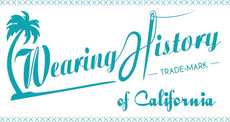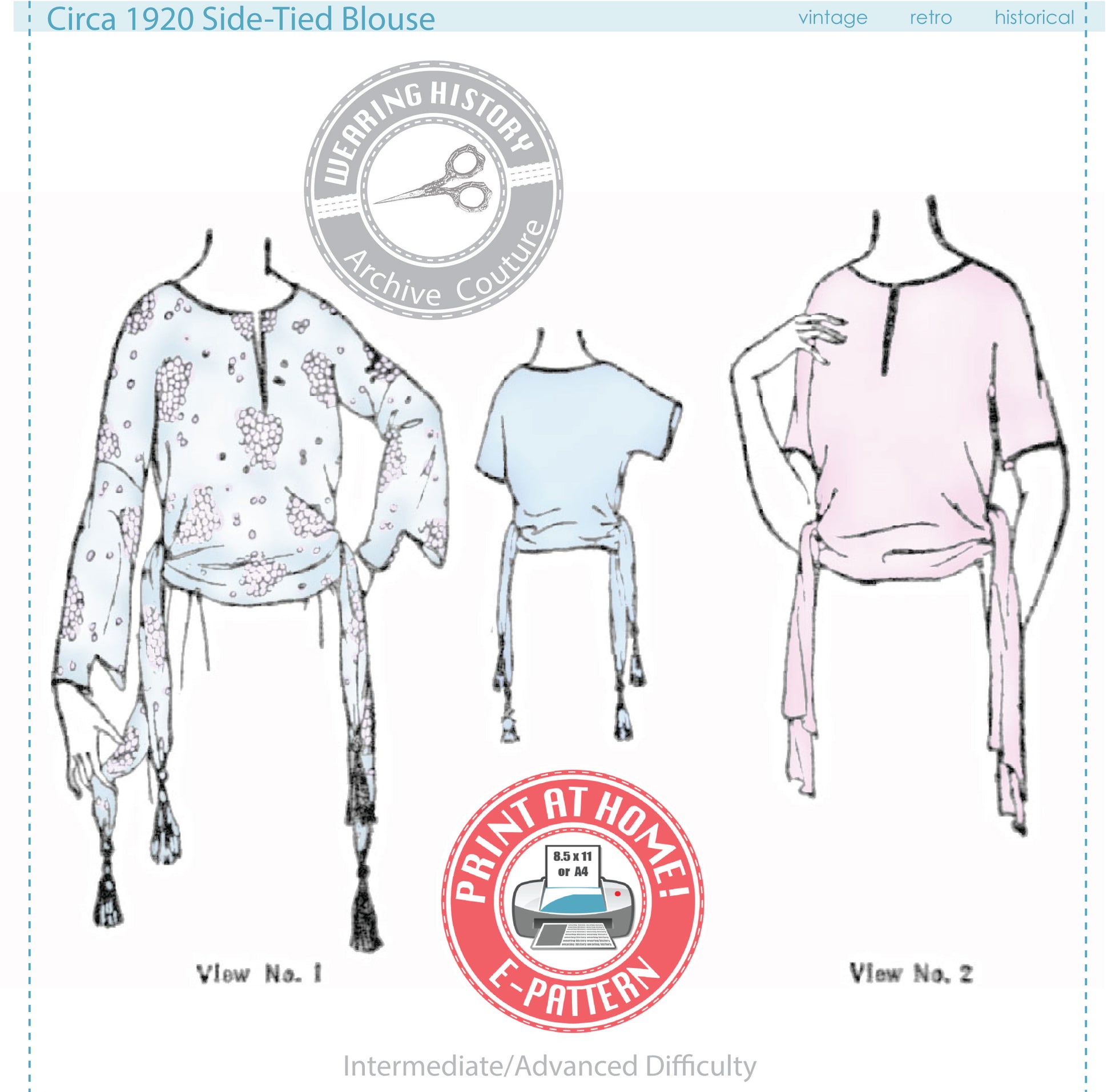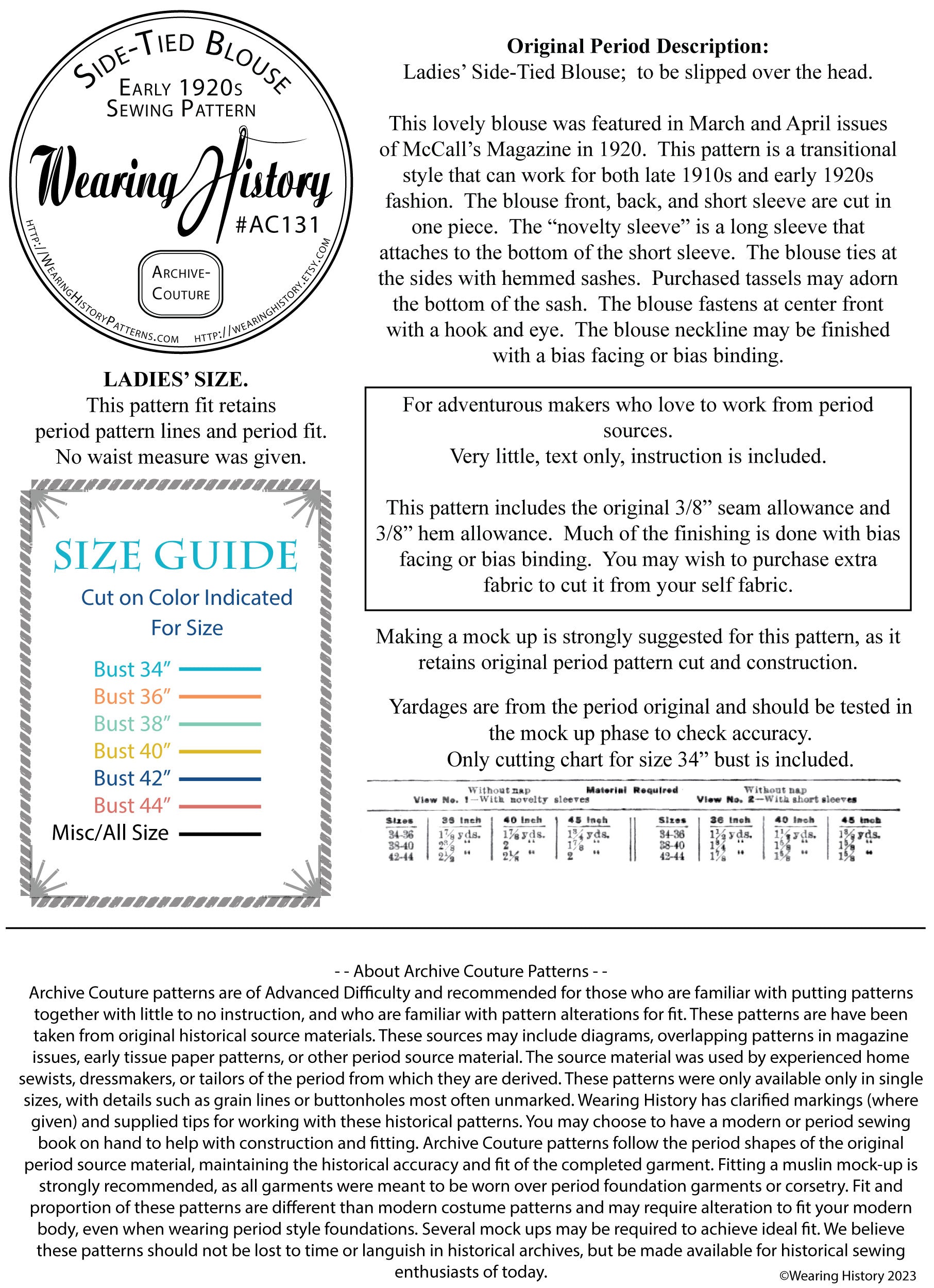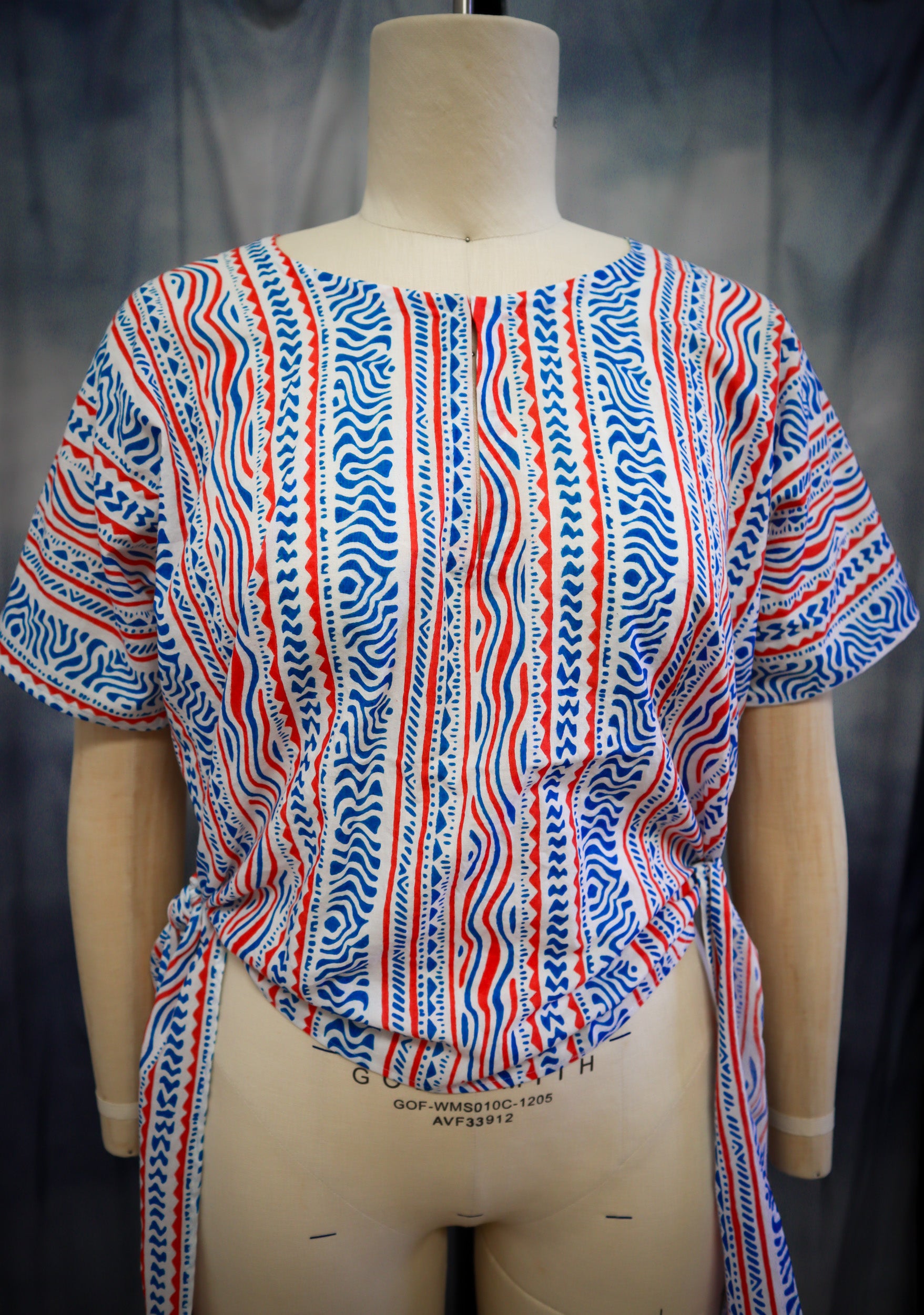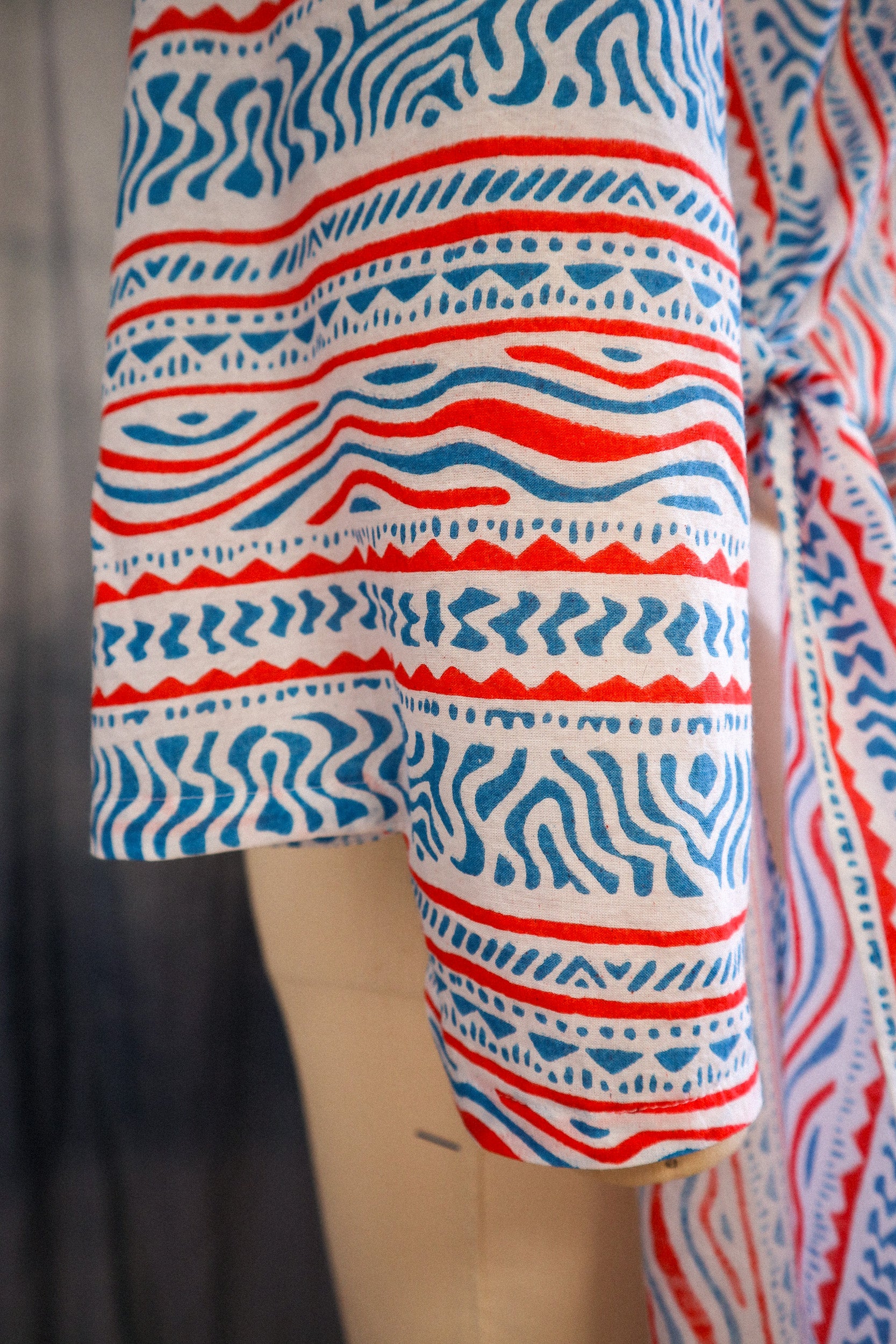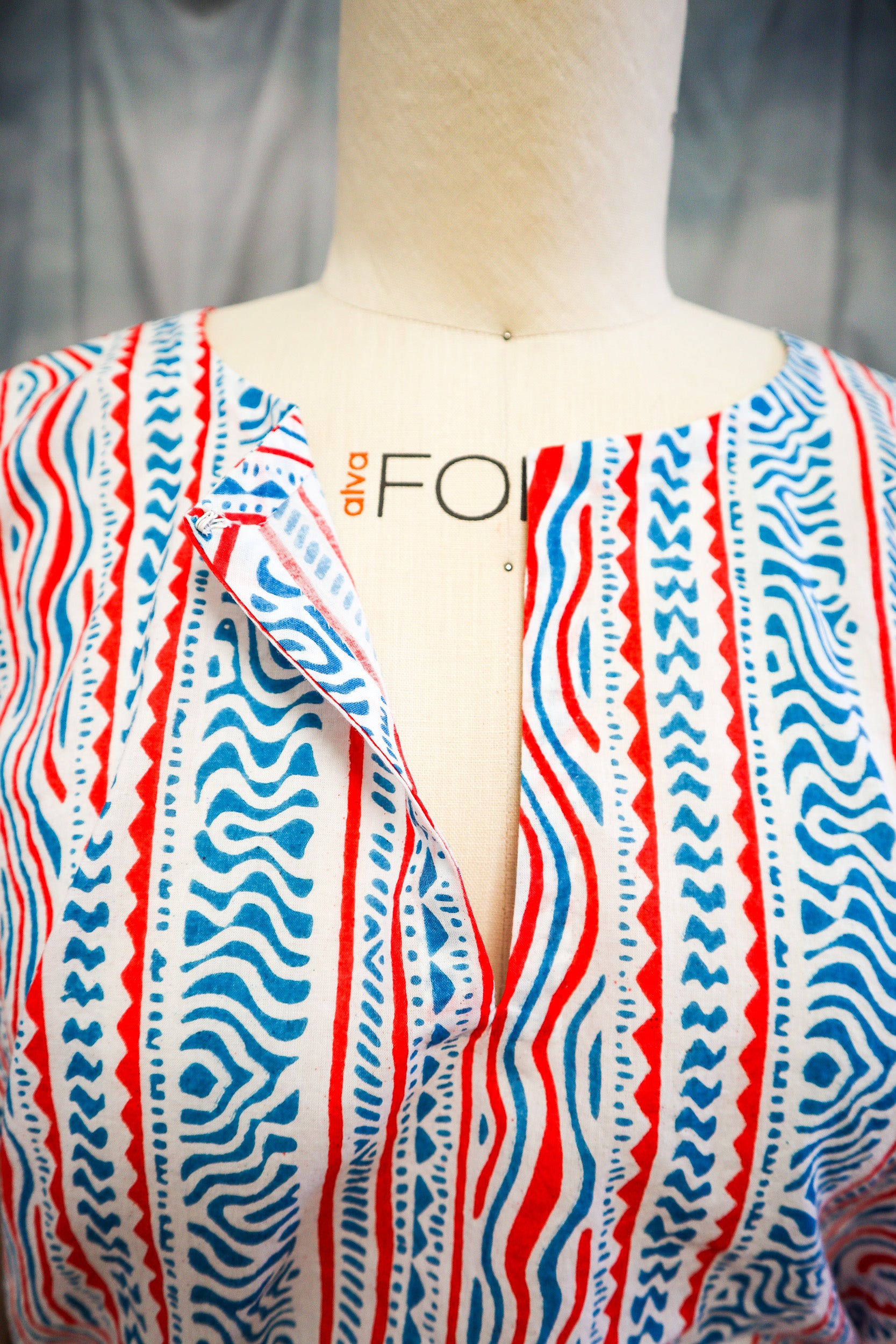Wearing History
E-Pattern- Circa 1920 Side-Tied Blouse - 34"-44" Bust
Couldn't load pickup availability
E-PATTERN Digital Download
Print on US Letter (8.5" x 11") or A4 size paper. Also includes A0 Copy Shop files (2pgs)
Circa 1920 Side-Tied Blouse Pattern
Original Period Description:
Ladies’ Side-Tied Blouse; to be slipped over the head.
This lovely blouse was featured in March and April issues of McCall’s Magazine in 1920. This pattern is a transitional style that can work for both late 1910s and early 1920s fashion. The blouse front, back, and short sleeve are cut in one piece. The “novelty sleeve” is a long sleeve that attaches to the bottom of the short sleeve. The blouse ties at the sides with hemmed sashes. Purchased tassels may adorn the bottom of the sash. The blouse fastens at center front with a hook and eye. The blouse neckline may be finished with a bias facing or bias binding.
Original 3/8" seam allowance and 3/8" hem allowance is included.
- SIZE -
This pattern is available in sizes 34"-44" Bust. Size chart in photos.
Note- This was from a period pattern source and the proportions are unchanged. A mock up is highly encouraged.
- Difficulty -
Intermediate to Advanced difficulty. This blouse has the original period instructions that are text-only. You must be able to sew and finish a blouse with very minimal, text only instruction. You may wish to have a sewing book handy for detailed techniques.
This pattern includes amended text-only instruction by Wearing History to help clarify the very sparce original instruction. The most difficult part of construction is making the "novelty sleeves." The rest is relatively straightforward, but I suggest being familiar with sewing bias binding for necklines and hems.
-Size Information and Yardage Requirements-
Please see product photos for size chart.
-Additional Notes-
Because this was based on a period original, a mock up is HIGHLY SUGGESTED. Test construction and fit on your unique figure before cutting into your fashion fabric.
--HOW TO PRINT AND USE THIS E-PATTERN--
YOU WILL NEED ADOBE READER, A FREE PDF READER PROGRAM, IN ORDER TO OPEN AND PRINT THIS PATTERN.
This pattern is formatted for USA Letter Size and A4 sized paper. You will need to print this pattern to 100% scale. Open the "READ-ME-FIRST" File for instructions on printing and piecing your pattern.
This pattern is tiled into letter sized paper. This pattern file is formatted to fit on both sizes of paper, and there will be varying thicknesses of white border, which will be cut off, according to pattern instructions.
You will print these documents on your home printer, cut, and tape them together, to form a larger pattern layout. Then you cut and use your pattern just as you would a normal home sewing pattern.
This pattern comes in a ZIP folder that must be decompressed to use, and uses a LOT of paper.
*****The pattern uses a lot of paper*****
-1 for the e-pattern "how to" sheet.
-25 pages for the sewing pattern to print on Us Letter or A4 size paper on a home printer.
- 2 A0 size pages to send away to a copy shop if you prefer that method.
-9 pages for the instructions.
About Wearing History Resto-Vival™ Patterns
Resto-Vival™ Patterns are original historic patterns that have been restored and revived. Original patterns are usually available only in single sizes, precut from tissue paper and totally unprinted, with details like grainlines and darts indicated only by small perforations. Resto-Vival™ patterns are printed on sturdy bond paper instead of tissue and clearly marked with drawn and labeled markings. These markings aid the modern sewer in understanding the markings of the original pattern and the construction of the garment. Resto-Vival™ patterns follow the period shapes of the original patterns, maintaining the historical accuracy of the completed garment. Original period instructions are included. These instructions are text only (unless otherwise noted) and fairly minimal, especially compared to instructions for modern patterns. At least an intermediate knowledge of dressmaking and a good familiarity with pattern construction is suggested. You may choose to have a modern or period sewing book handy to help with basic construction methods that the pattern instructions do not cover in detail. Also, fitting a muslin mockup is strongly recommended, as all garments were meant to be worn over period foundation garments or corsetry.
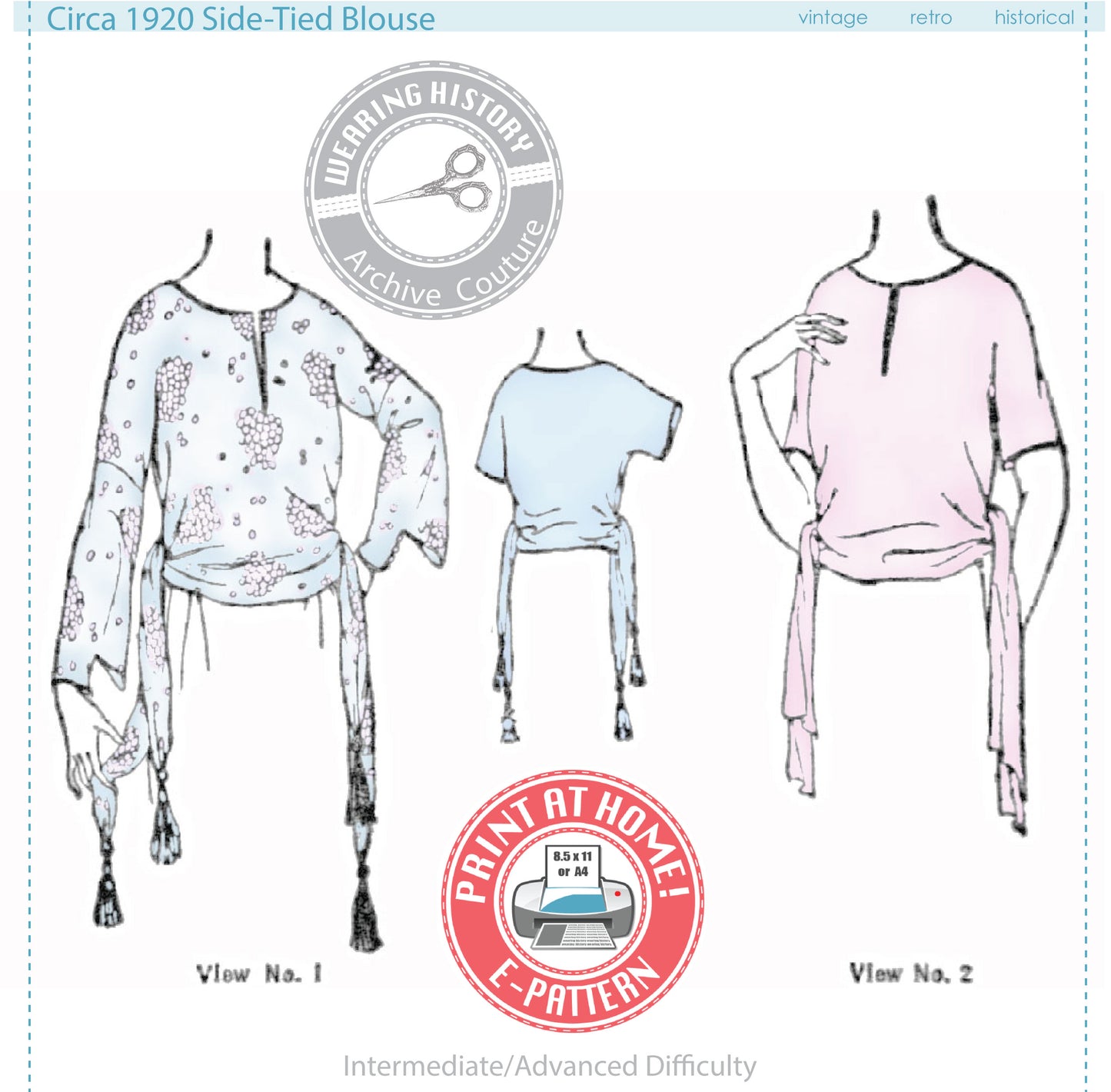
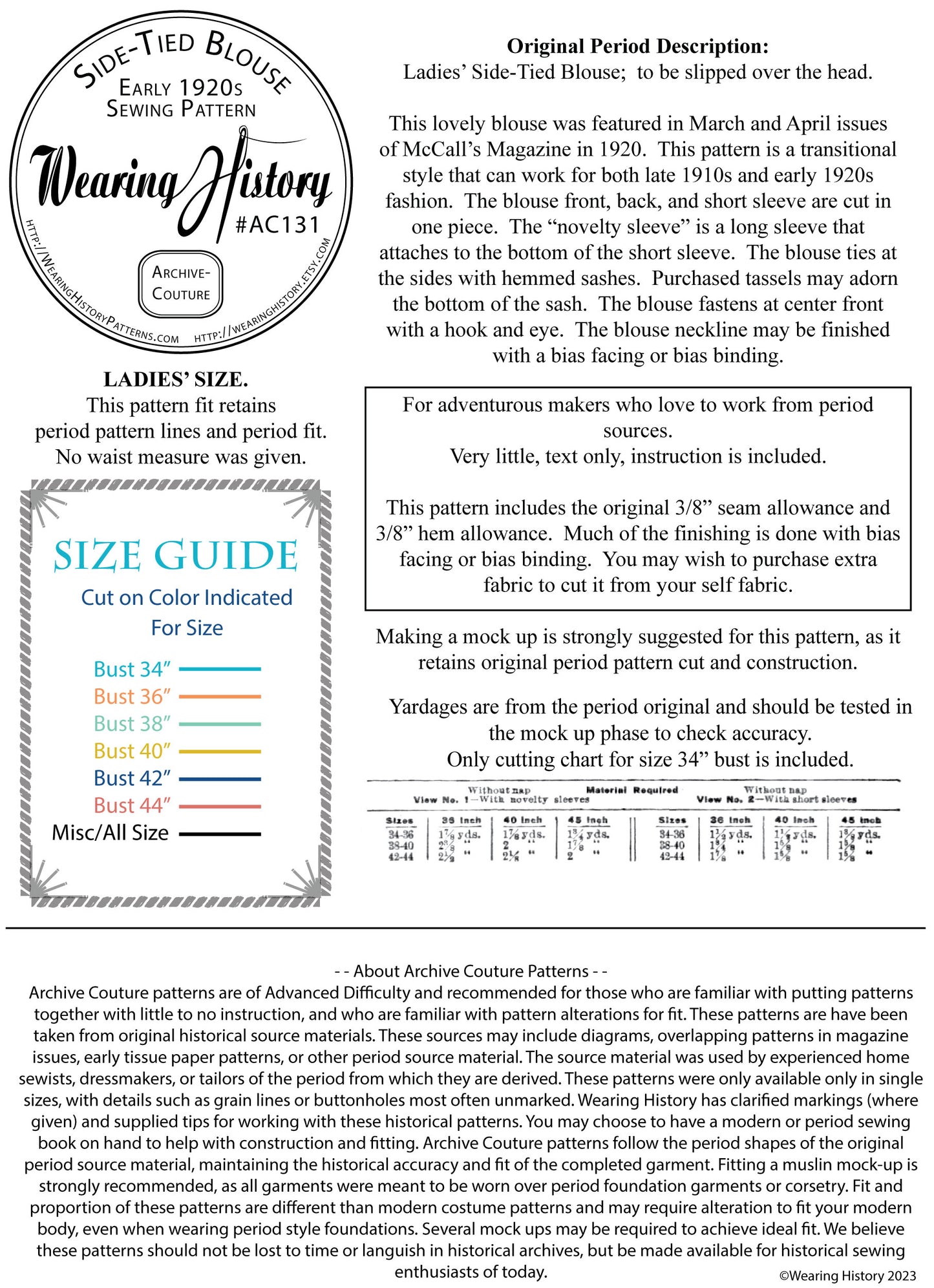
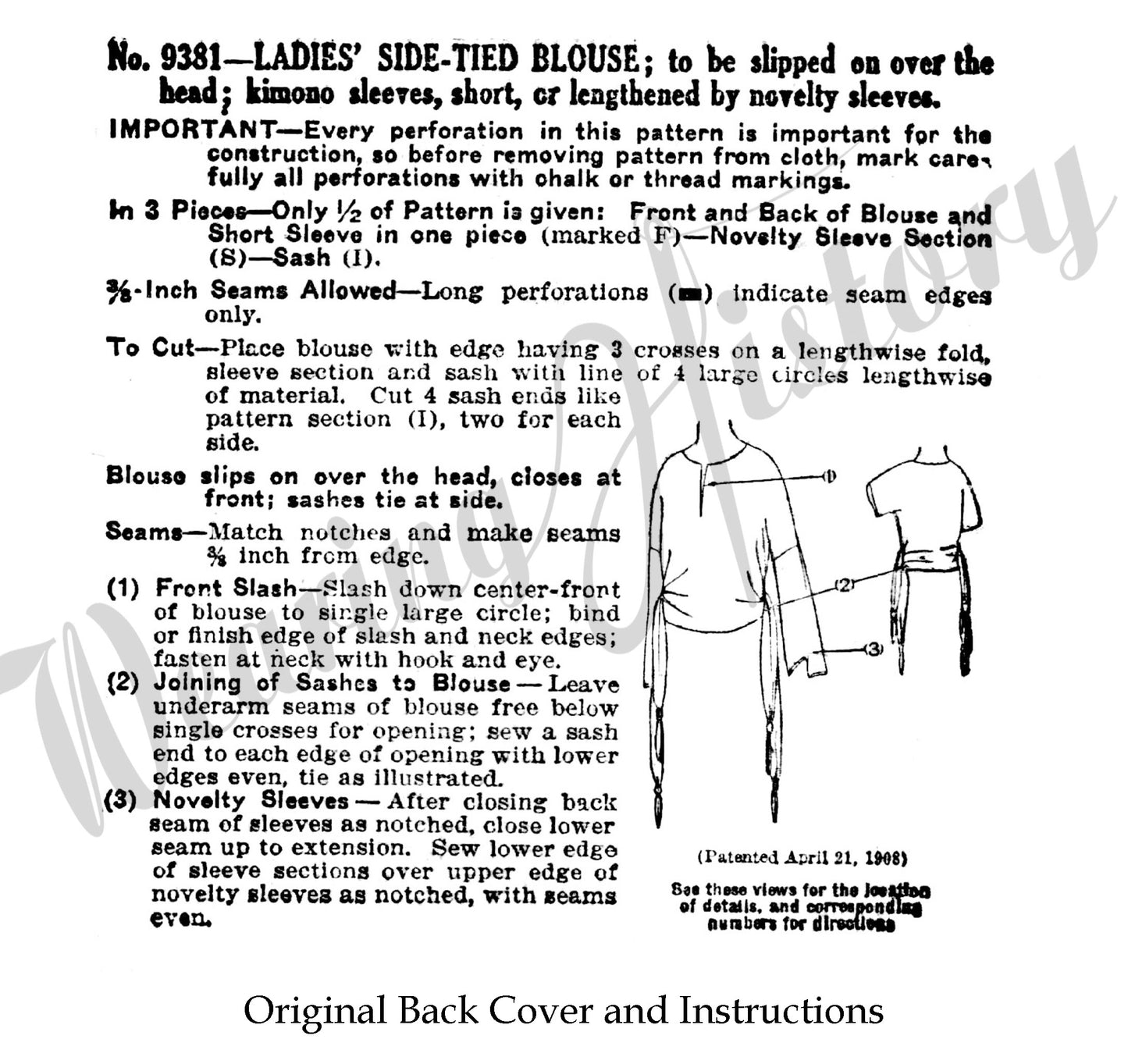
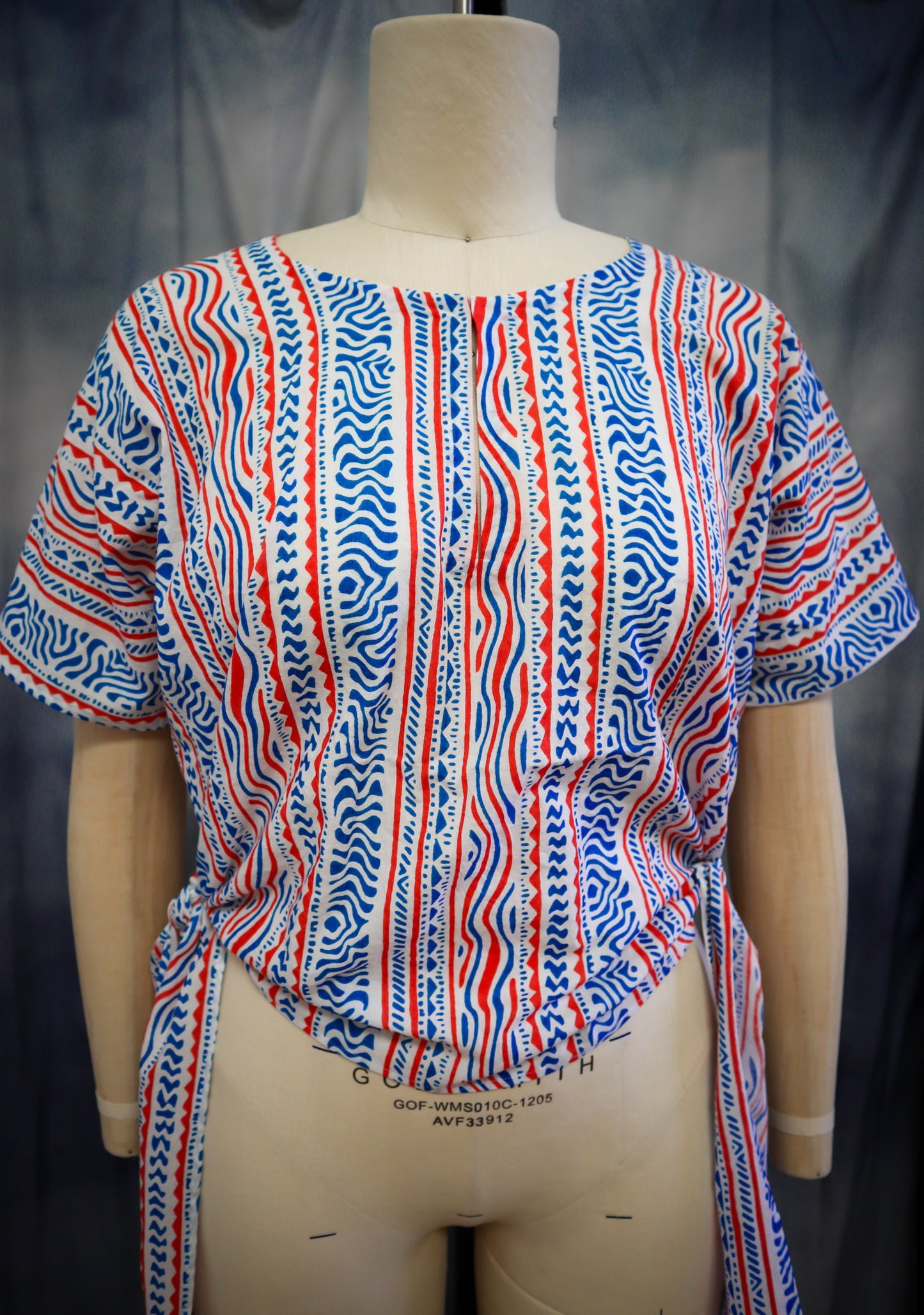
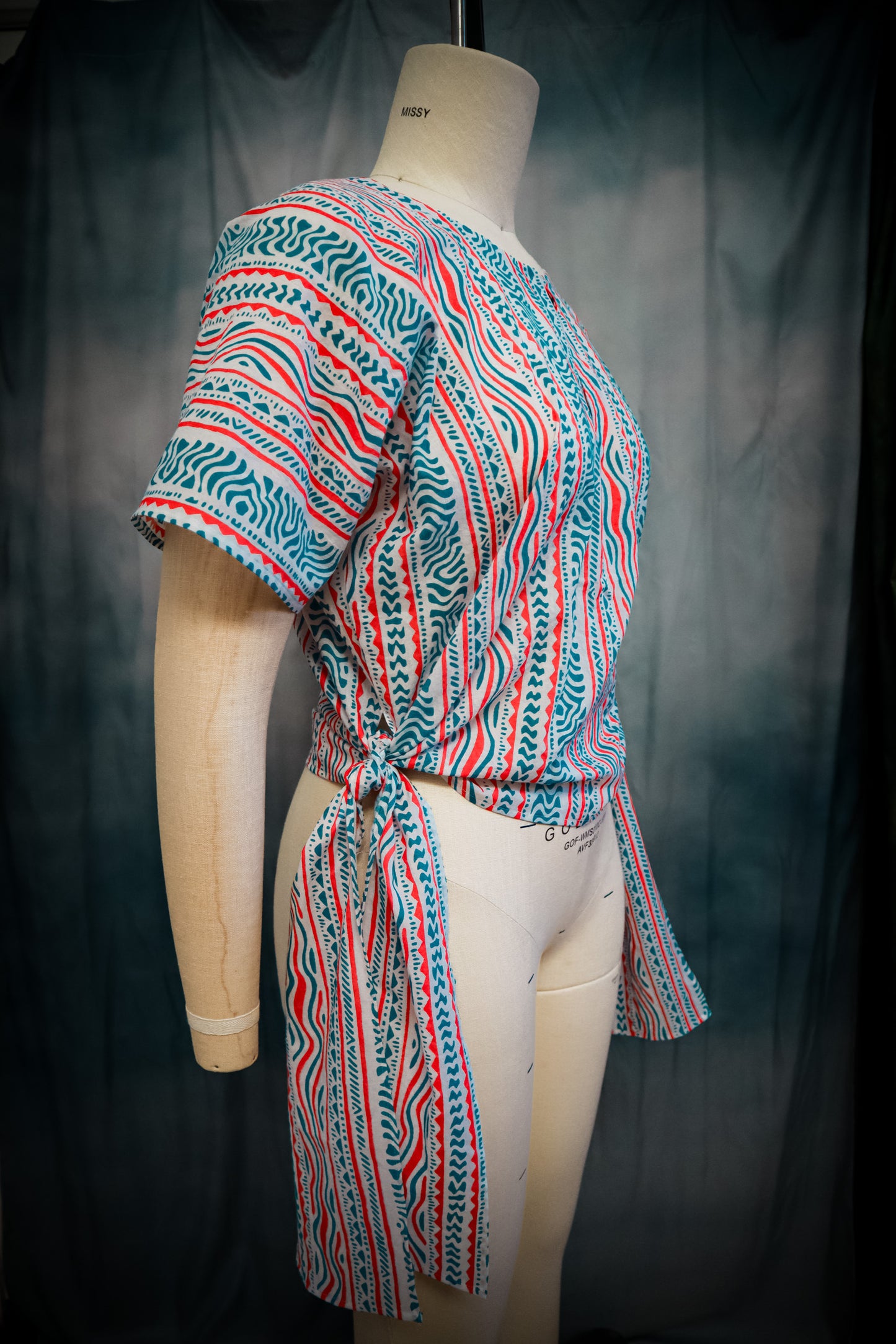
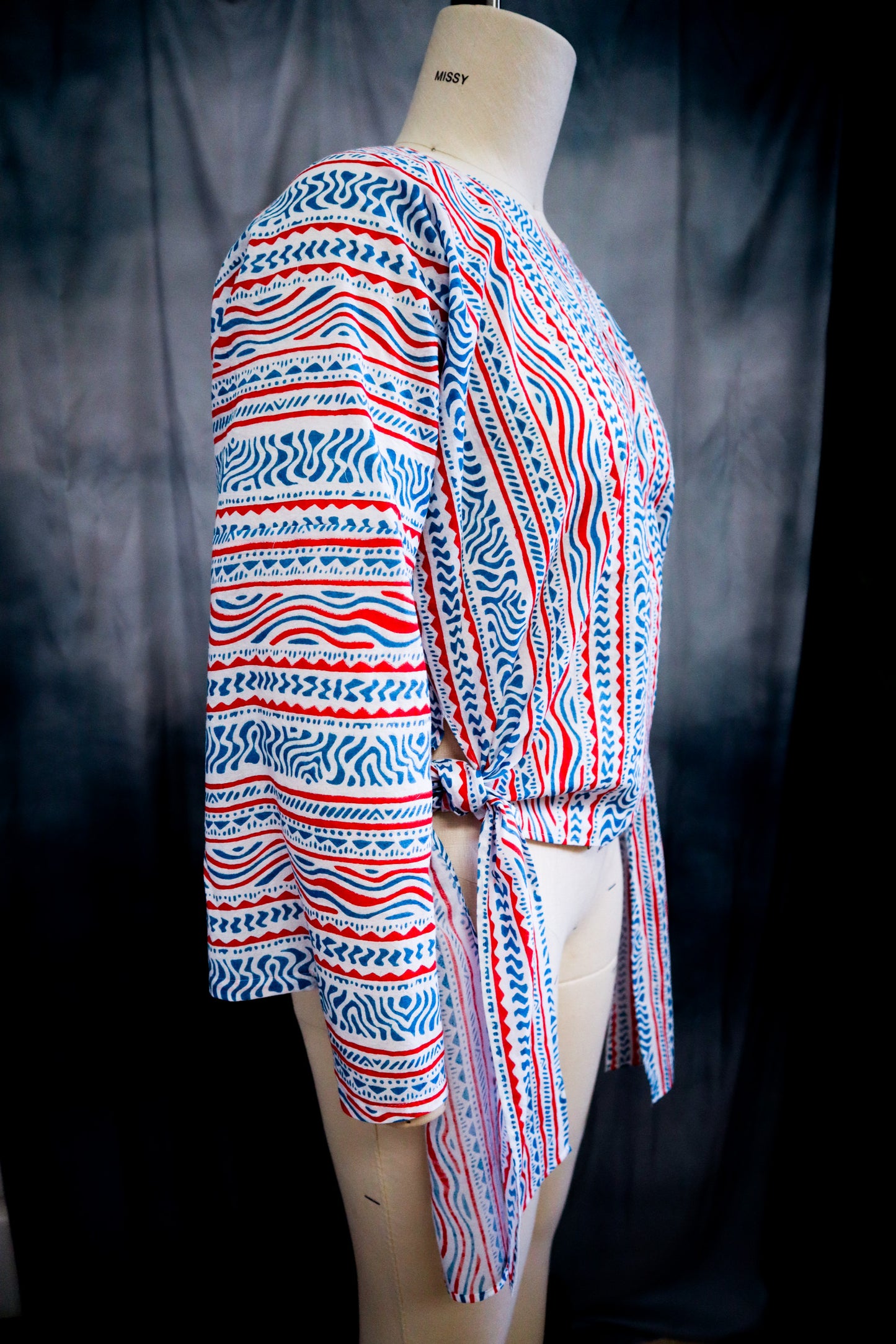
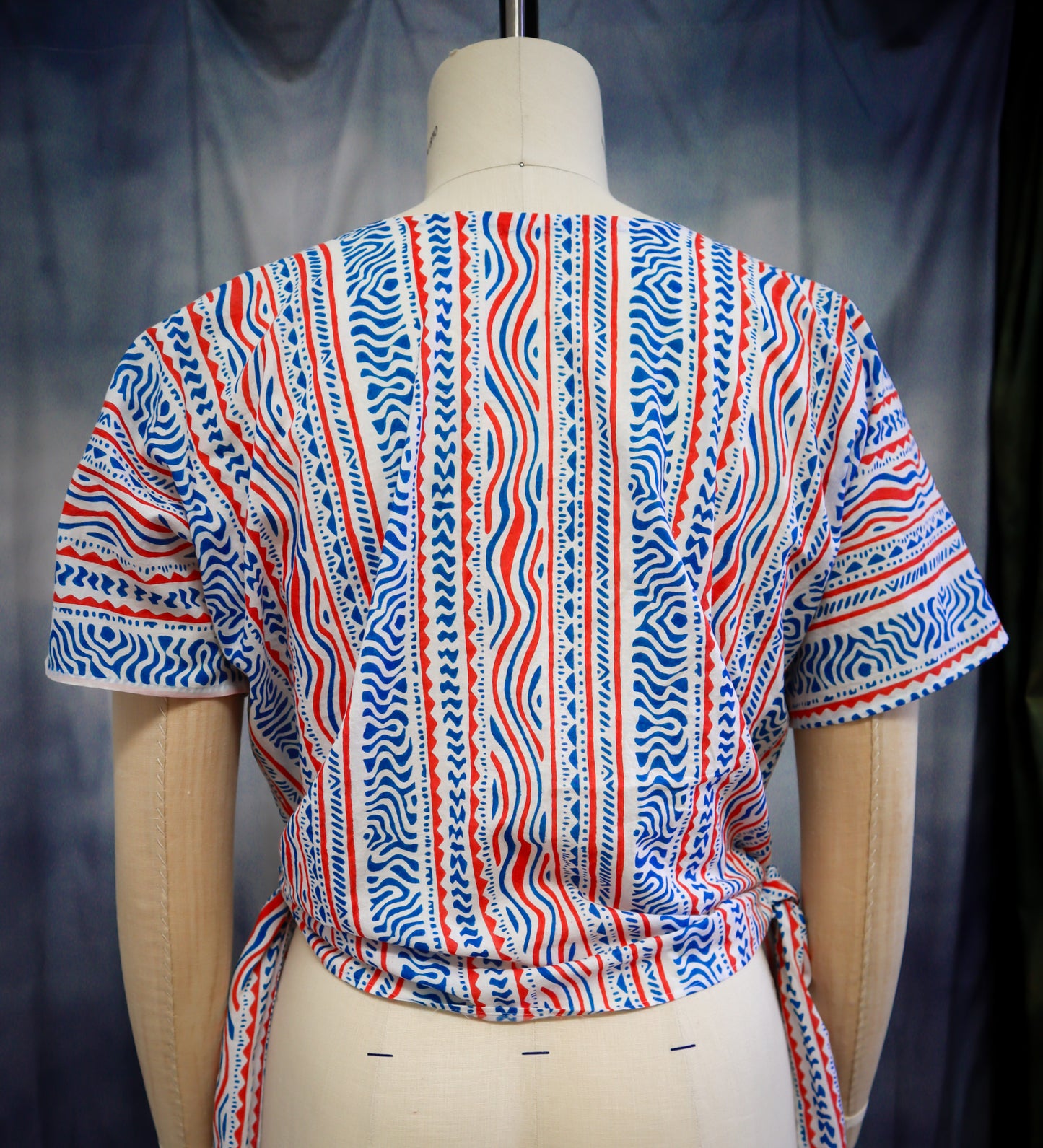
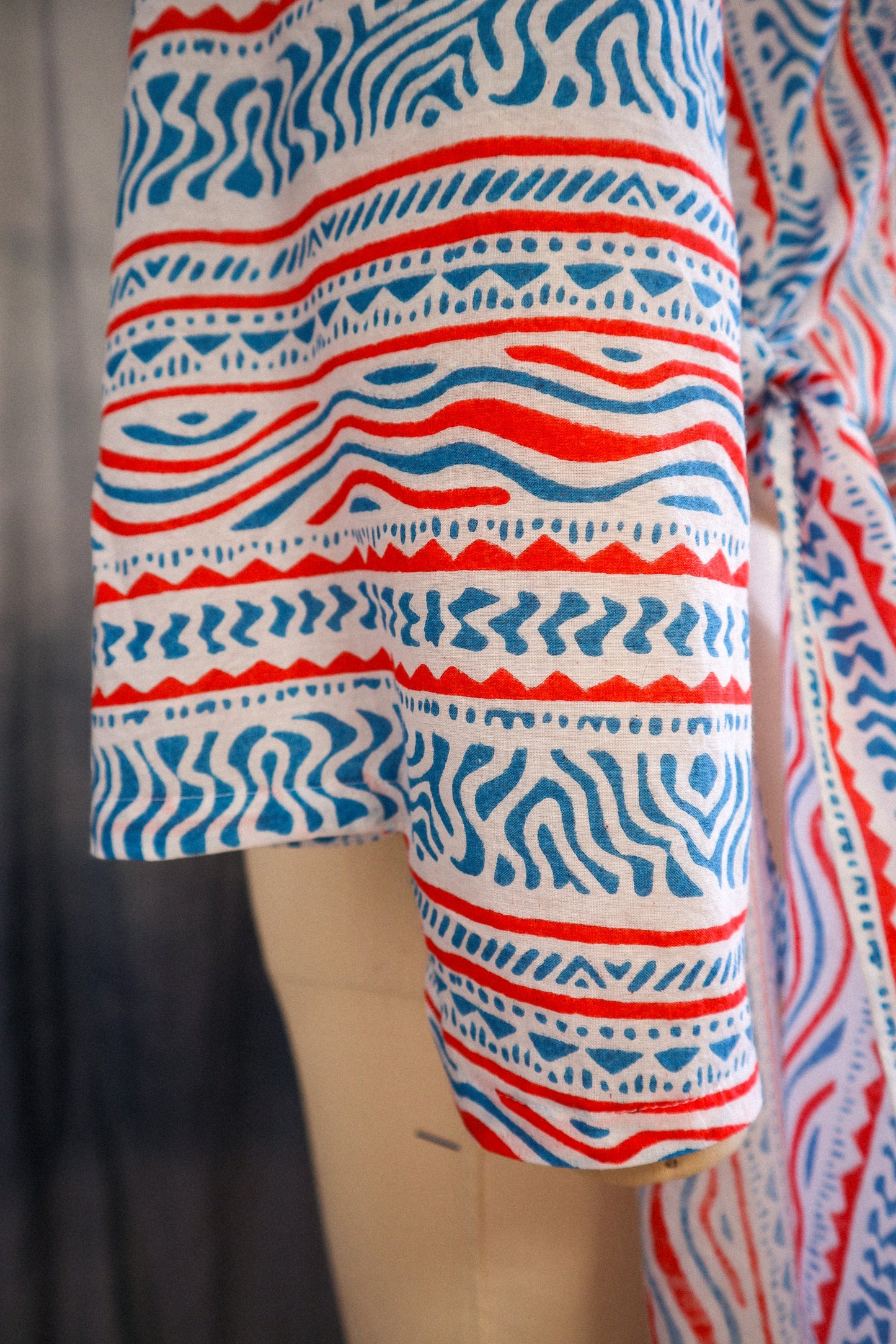
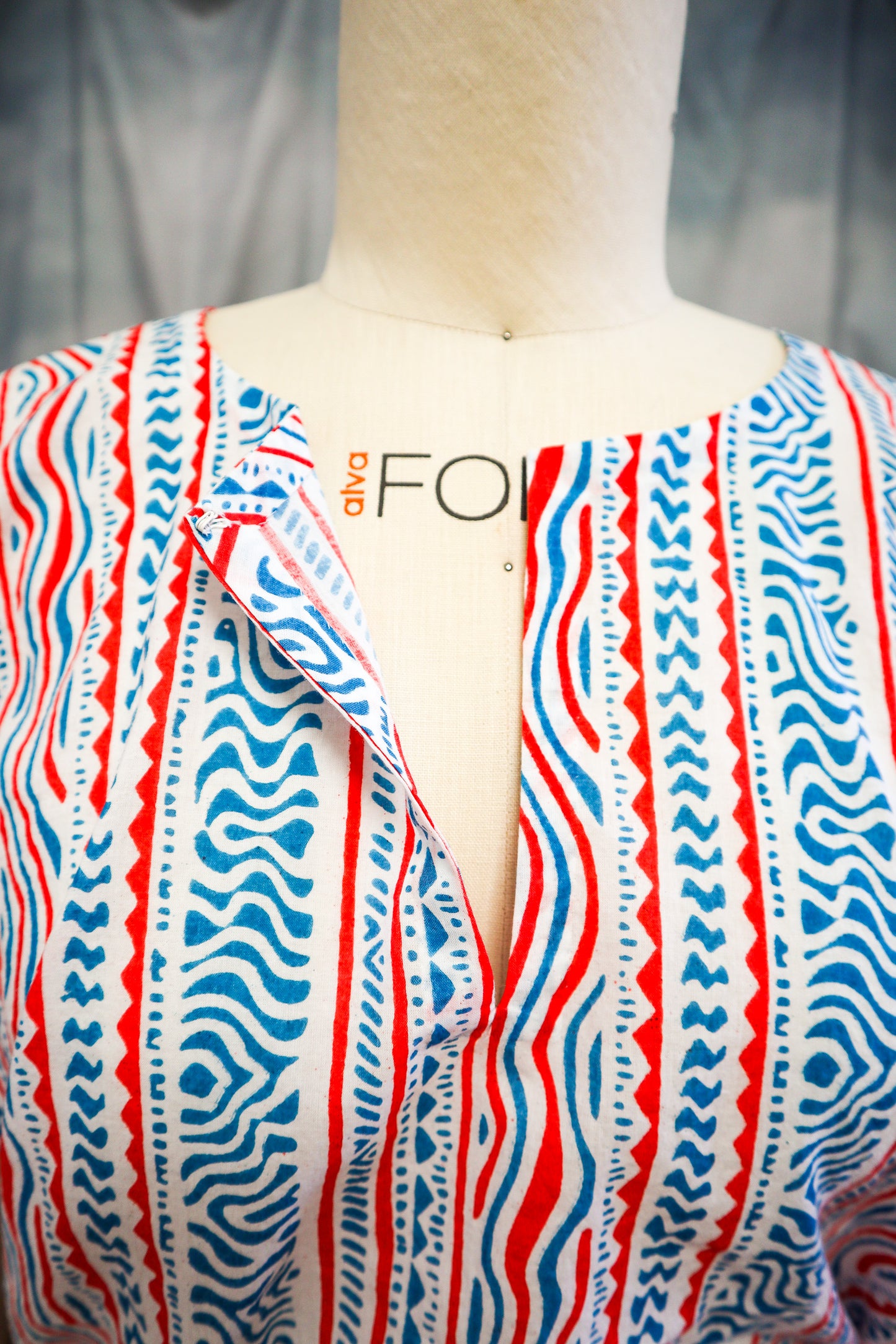
-
Shipping
PRINTED PATTERNS are mailed to you and already printed on big paper. Shipping is calculated at checkout. Please allow up to one week for orders to ship.
E-PATTERNS and E-BOOKS are digital download PDF files you save and print yourself or have printed for you. These will not mail to you. You download them yourself to your computer after checkout.
We do not sell to the EU or the UK on this site, as we aren’t set up for VAT collection. Please shop on Etsy if you’re in those countries. Http://wearinghistory.Etsy.com
-
HOW TO USE E-PATTERNS
Most patterns come as both A4/US LETTER and A0 size. You will need ADOBE READER, a free program, to print your e-pattern.
For A4/US LETTER paper:
Open the "READ-ME-FIRST" File for instructions on printing and piecing your pattern. Print the PDF file on your home printer, cut off on the lines given, and tape them together. Then you cut and use your pattern just as you would a normal home sewing pattern.
For A0 size:
This is sent away to a copyshop and printed on big sheets for you. We print A0 pattern sheets at great prices at Pattern Printing Company
-
Returns
No returns or exchanges are accepted. Please be sure of your pattern size and type of product, either physical or digital, before purchasing.
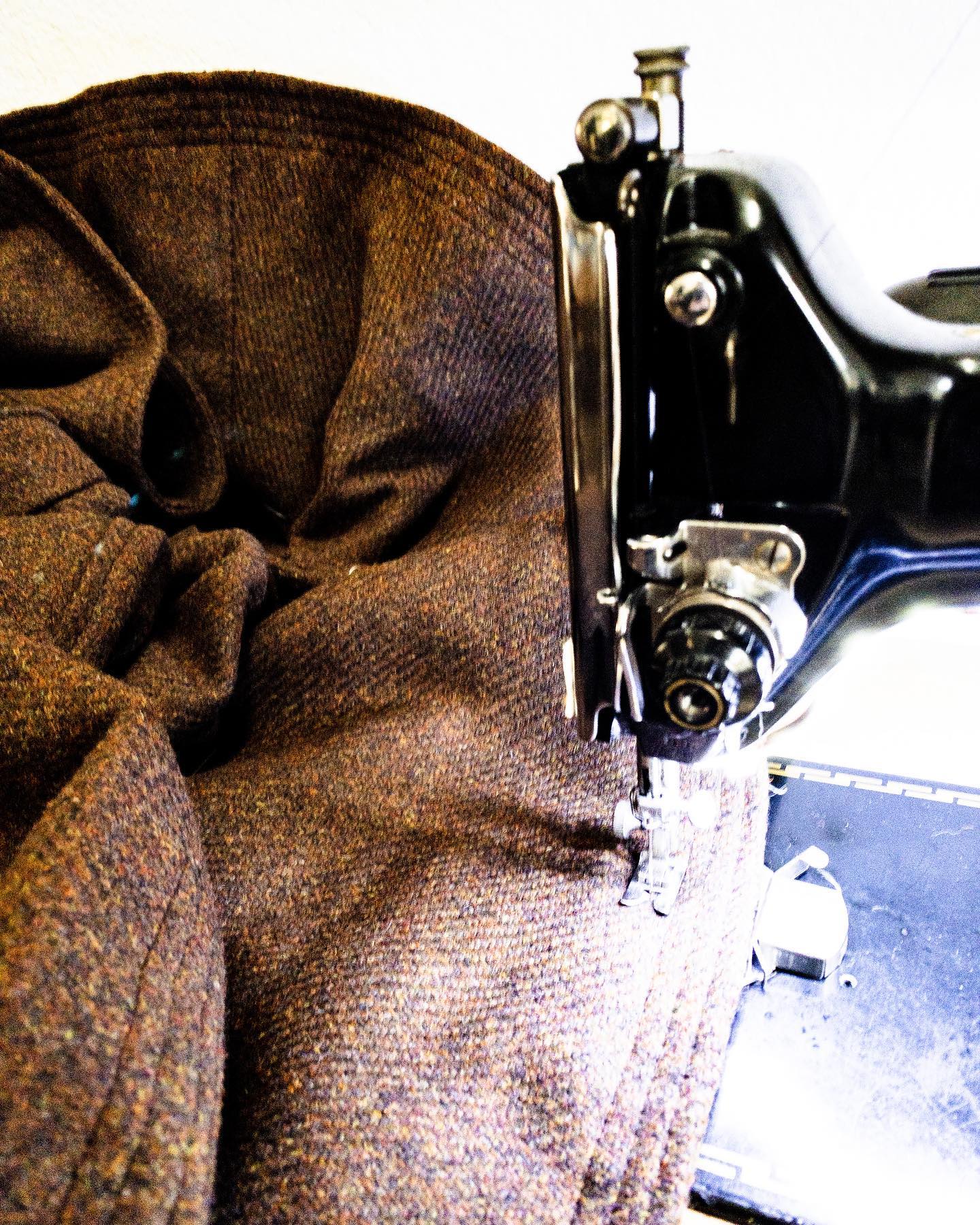
Carefully Researched
All of our patterns are carefully researched and based on either public domain materials or our own creations. Lauren applies her decades worth of practical application of historical fashion and technical skills when making these patterns, and often supplies watch points for making. External helps are available on Wearing History on YouTube and on Wearing History Blog to help you learn to sew history.
